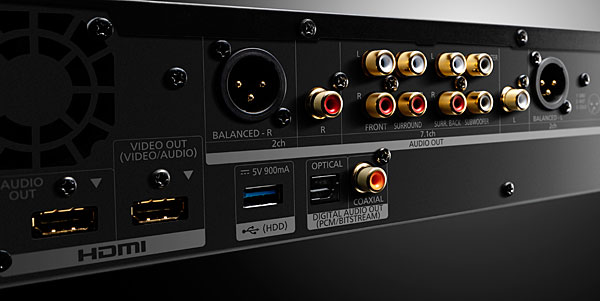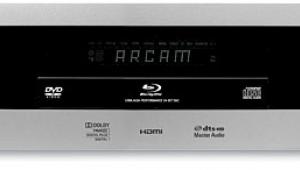...rules out me ever buying this player. Sony may be the only manufacturer left that supports all disc formats (excluding DVD-HD) now that OPPO has left the market.
Thomas J. Norton writes well, but he really should limit his use of the "that said" phrase. It's meaningless words.



 A two-step Status button on the remote provides basic information about a disc you've just loaded. A Playback Info button (also with two steps) provides information about the HDR10 metadata on the disc and how that data is being mapped by the player before being passed on to the display. The Video Settings and HDR Settings, however, including the HDR Optimizer and its associated features, are not available for Dolby Vision sources. If your set does support Dolby Vision (an increasing number of sets do) you can switch it off in the Settings menu and drop the source back to HDR10 (the base layer that Dolby Vision is built on). This will open all of the above adjustments if you think you can do better, although you probably won't. Dolby Vision's tone mapping is dynamic (varied scene-by-scene) while the Panasonic HDR Optimizer's mapping is static (it assumes the same peak luminance for the entire disc).
A two-step Status button on the remote provides basic information about a disc you've just loaded. A Playback Info button (also with two steps) provides information about the HDR10 metadata on the disc and how that data is being mapped by the player before being passed on to the display. The Video Settings and HDR Settings, however, including the HDR Optimizer and its associated features, are not available for Dolby Vision sources. If your set does support Dolby Vision (an increasing number of sets do) you can switch it off in the Settings menu and drop the source back to HDR10 (the base layer that Dolby Vision is built on). This will open all of the above adjustments if you think you can do better, although you probably won't. Dolby Vision's tone mapping is dynamic (varied scene-by-scene) while the Panasonic HDR Optimizer's mapping is static (it assumes the same peak luminance for the entire disc).

































































